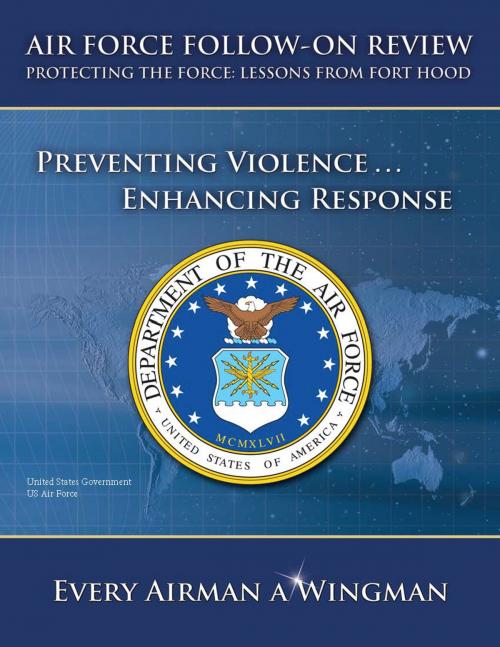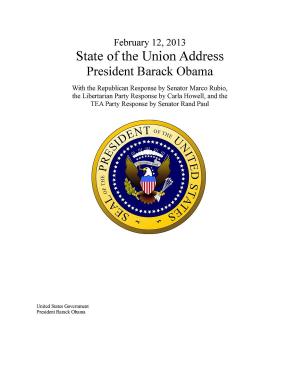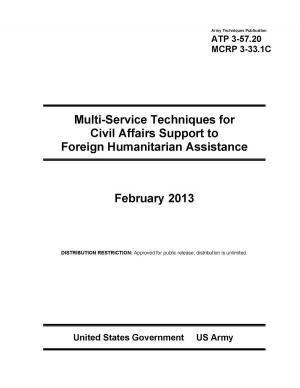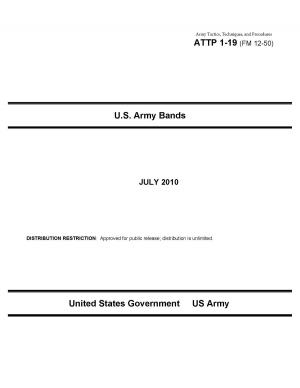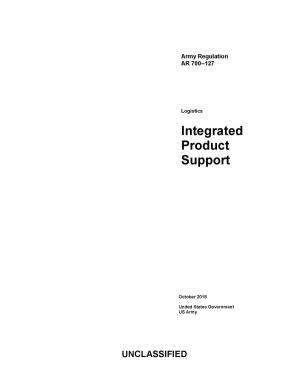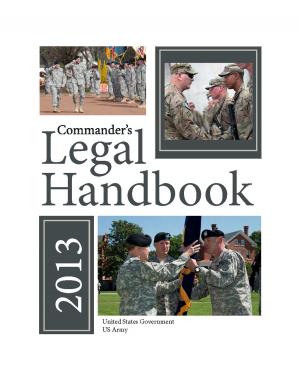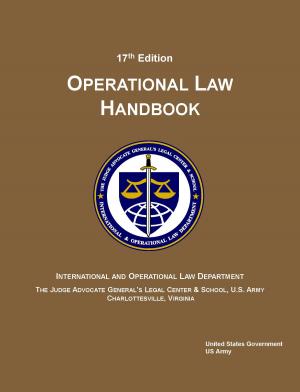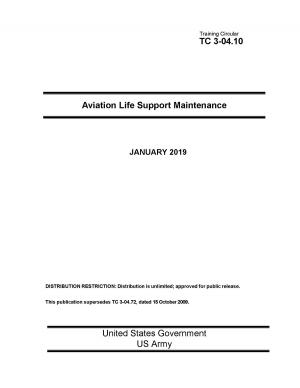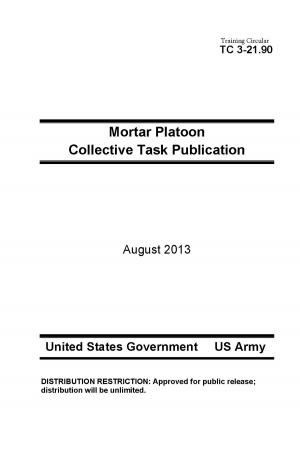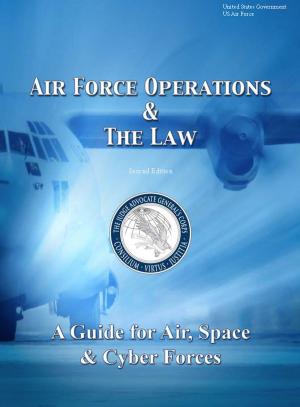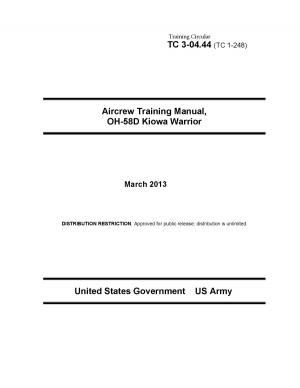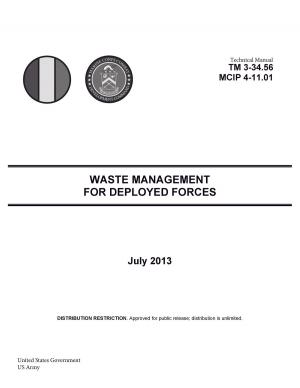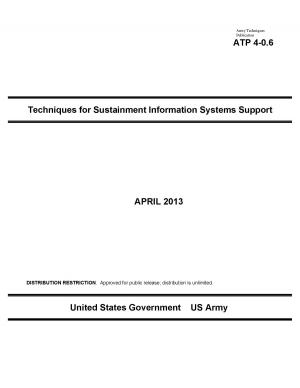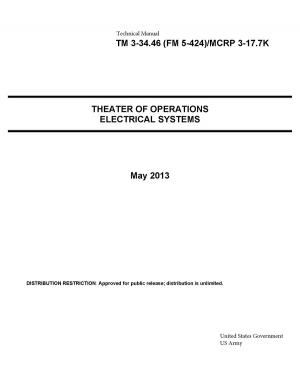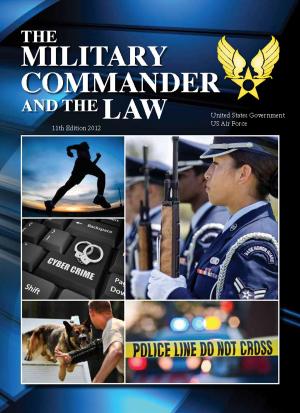Air Force Follow-on Review – Protecting the Force: Lessons from Fort Hood – Preventing Violence … Enhancing Response
Nonfiction, Reference & Language, Law, Military, Reference, Research, History, United States| Author: | United States Government US Air Force | ISBN: | 1230000150739 |
| Publisher: | eBook Publishing Team | Publication: | July 13, 2013 |
| Imprint: | Language: | English |
| Author: | United States Government US Air Force |
| ISBN: | 1230000150739 |
| Publisher: | eBook Publishing Team |
| Publication: | July 13, 2013 |
| Imprint: | |
| Language: | English |
On 5 November 2009, a tragic shooting allegedly carried out by a military member at Fort Hood, Texas, left 13 dead and 43 wounded or injured. Secretary of Defense Robert M. Gates subsequently established the Department of Defense Independent Review Related to Fort Hood and appointed former Secretary of the Army Togo D. West, Jr., and former Chief of Naval Operations Adm Vern Clark to lead that effort. That review identified possible deficiencies and provided recommendations regarding Department of Defense (DoD) policies, programs, and procedures related to force protection, personnel policies, mass casualty response, and sufficiency of care for the health care providers involved in such events. Key concerns included developing a credible process for identifying individuals who pose a potential threat to themselves or others, providing time-critical information to the right people, employing appropriate force protection measures, and planning for and responding to incidents. The report, Protecting the Force: Lessons from Fort Hood, was delivered to Secretary Gates on 15 January 2010. It concluded force protection measures focused solely on external threats are no longer sufficient. Force protection measures must now also consider internal threats— “disaffected individuals within the force motivated to violence against the force and the nation.”
The DoD report recommended that each of the Services conduct in-depth follow-on reviews. In response, Secretary of the Air Force Michael B. Donley issued Terms of Reference on 25 January 2010 and directed Gen Stephen R. Lorenz, Commander of Air Education and Training Command, to chair an in-depth Air Force Follow-on Review (Air Force FOR) to identify and resolve policy, program, and procedural gaps that could create vulnerabilities to the health and safety of Air Force personnel, other supported personnel, and their families. This report is the result of that review.
Although the Air Force review emerged as a result of the shootings at Fort Hood in November 2009, this report expands its focus beyond traditional force protection measures by addressing a broader range of violent physical threats and the potential precursors or indicators of violence. This attention to indicators sets the conditions for moving toward preventing violence rather than relying on response in its aftermath. This more expansive approach, contained in this report, emphasizes integrating existing programs not normally identified within the force protection agenda.
Our review team conducted simultaneous top-down and bottom-up assessments. Major commands (MAJCOM), direct reporting units (DRU), the Air National Guard (ANG), and the Air Force Reserve Command (AFRC) provided inputs and reviews. Representatives from across the Headquarters Air Force (HAF) staff formed six cross-functional teams—Risk Assessment and Prevention, Sharing Information, Preparing the Force, Developing the Force, Leading the Force, and Responding and Recovering. The HAF also drew upon the DoD findings and recommendations as a baseline from which to assess relevant Air Force policies, programs, procedures, and practices. A full team roster is provided at appendix D.
More than 2,000 Total Force commanders and civilian directors provided insight into practices related to information sharing, training, recognition of internal threats, force protection, and mass casualty response and recovery through a survey conducted by the Air Force Manpower Agency (AFMA). Selected survey results are integrated throughout the report and provided at appendix C.
Our review developed 118 findings and 151 recommendations focused on preventing violence and enhancing response, which are contained in this report. A summary of our recommendations appears at appendix E. The terms of reference for both the DoD and the Air Force reviews requested notation of best practices to be shared across the DoD. Those identified during our review are provided in appendix B.
On 5 November 2009, a tragic shooting allegedly carried out by a military member at Fort Hood, Texas, left 13 dead and 43 wounded or injured. Secretary of Defense Robert M. Gates subsequently established the Department of Defense Independent Review Related to Fort Hood and appointed former Secretary of the Army Togo D. West, Jr., and former Chief of Naval Operations Adm Vern Clark to lead that effort. That review identified possible deficiencies and provided recommendations regarding Department of Defense (DoD) policies, programs, and procedures related to force protection, personnel policies, mass casualty response, and sufficiency of care for the health care providers involved in such events. Key concerns included developing a credible process for identifying individuals who pose a potential threat to themselves or others, providing time-critical information to the right people, employing appropriate force protection measures, and planning for and responding to incidents. The report, Protecting the Force: Lessons from Fort Hood, was delivered to Secretary Gates on 15 January 2010. It concluded force protection measures focused solely on external threats are no longer sufficient. Force protection measures must now also consider internal threats— “disaffected individuals within the force motivated to violence against the force and the nation.”
The DoD report recommended that each of the Services conduct in-depth follow-on reviews. In response, Secretary of the Air Force Michael B. Donley issued Terms of Reference on 25 January 2010 and directed Gen Stephen R. Lorenz, Commander of Air Education and Training Command, to chair an in-depth Air Force Follow-on Review (Air Force FOR) to identify and resolve policy, program, and procedural gaps that could create vulnerabilities to the health and safety of Air Force personnel, other supported personnel, and their families. This report is the result of that review.
Although the Air Force review emerged as a result of the shootings at Fort Hood in November 2009, this report expands its focus beyond traditional force protection measures by addressing a broader range of violent physical threats and the potential precursors or indicators of violence. This attention to indicators sets the conditions for moving toward preventing violence rather than relying on response in its aftermath. This more expansive approach, contained in this report, emphasizes integrating existing programs not normally identified within the force protection agenda.
Our review team conducted simultaneous top-down and bottom-up assessments. Major commands (MAJCOM), direct reporting units (DRU), the Air National Guard (ANG), and the Air Force Reserve Command (AFRC) provided inputs and reviews. Representatives from across the Headquarters Air Force (HAF) staff formed six cross-functional teams—Risk Assessment and Prevention, Sharing Information, Preparing the Force, Developing the Force, Leading the Force, and Responding and Recovering. The HAF also drew upon the DoD findings and recommendations as a baseline from which to assess relevant Air Force policies, programs, procedures, and practices. A full team roster is provided at appendix D.
More than 2,000 Total Force commanders and civilian directors provided insight into practices related to information sharing, training, recognition of internal threats, force protection, and mass casualty response and recovery through a survey conducted by the Air Force Manpower Agency (AFMA). Selected survey results are integrated throughout the report and provided at appendix C.
Our review developed 118 findings and 151 recommendations focused on preventing violence and enhancing response, which are contained in this report. A summary of our recommendations appears at appendix E. The terms of reference for both the DoD and the Air Force reviews requested notation of best practices to be shared across the DoD. Those identified during our review are provided in appendix B.
